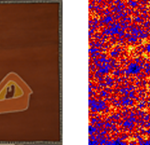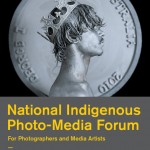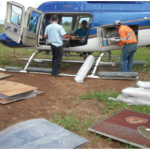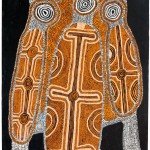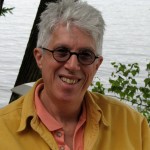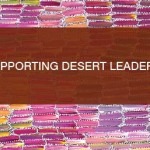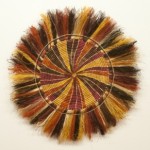
Excellence and sustainability: the production and promotion of art through Aboriginal art centre programs Saturday 24 August 2–3.30pm Several of the RAKA finalists are represented by Aboriginal owned and operated art centres in remote communities. This discussion will explore the relationship between and interdependency of artists, art centres, gallerists and curators. How do these relationships affect the representation of Indigenous artists in art museums? Chair Janina Harding | Indigenous Art Program Manager, City of Melbourne and Executive Producer of Melbourne Indigenous Arts Festival Panel Bill Nuttall | Director of Niagara Galleries, Chairperson of the Melbourne Art Foundation, 2009–2012, represents artists from Warmun Art Centre and Buku-Larrnggay Mulka Centre. Suzette Wearne | Co-curator, Under the sun: the Kate Challis RAKA award 2013, Arts Administrator and Injalak Arts & Crafts Association, 2008–2010 Regina Pilawuk Wilson | Internationally exhibited artist, winner general painting category…


